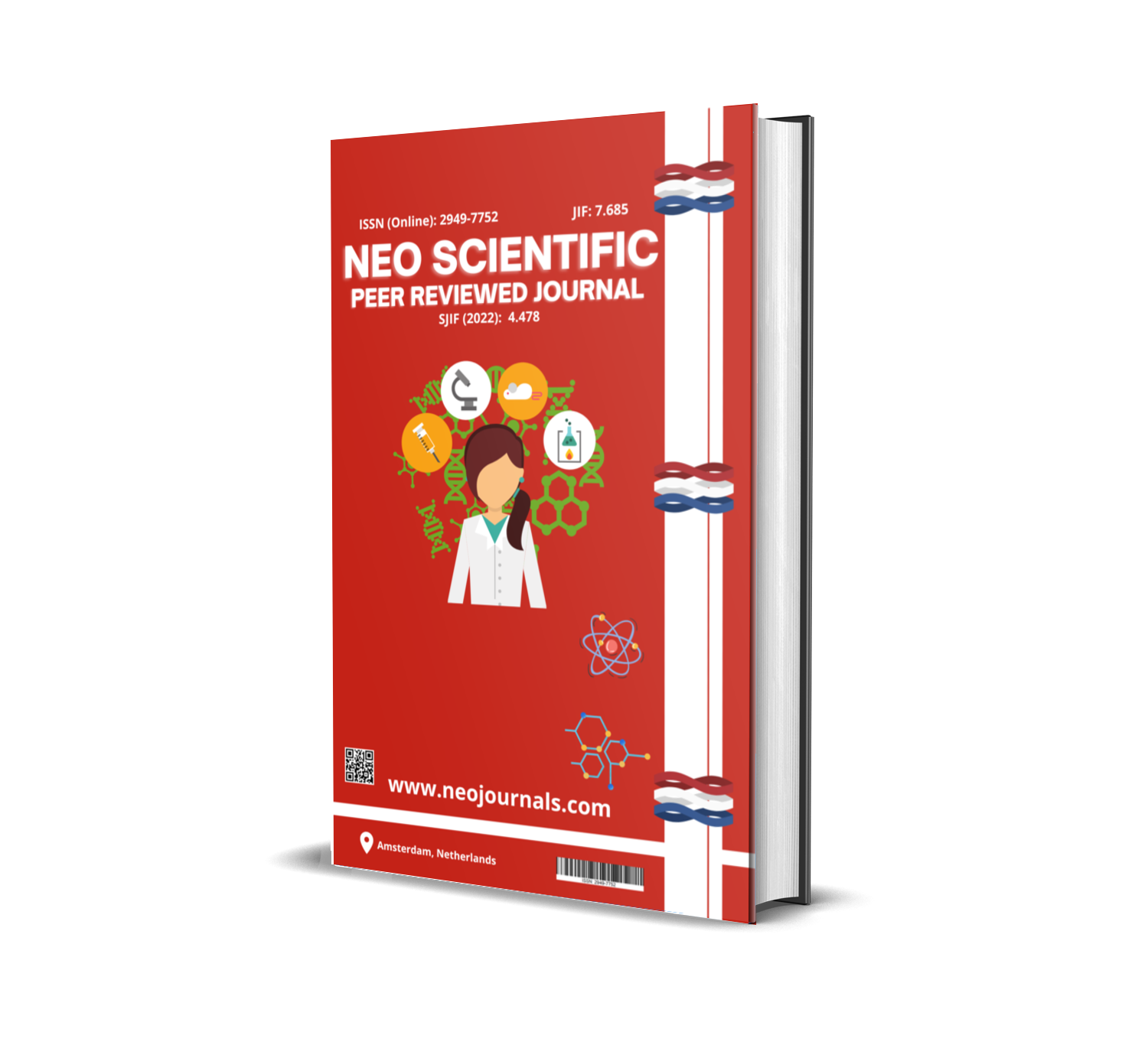CRITERIA FOR CREATING PARALLEL TEXTS
Abstract
Looking at the history of parallel texts, although parallel texts is considered as a new branch of science within corpus linguistics, its history goes back to BC. In 196 BC, texts honoring King Ptolemy V were inscribed on stone by Egyptian temples in two languages (Greek and Egyptian). This is a perfect example of what we now call "parallel texts," that is, the translation of one text into two or more languages. This stone is known as the Rosetta stone. In 1822, Jean-Francois Champollion's study of the Rosetta Stone revealed that hieroglyphs were the key to deciphering the text, the study of which led to huge changes in science and put an end to many controversies and myths. Although the Rosetta Stone is relatively new to stone inscriptions, it is perfect compared to other stone monuments because of the completeness of the text and the fact that it is given in two languages in parallel. It was only in the eighties of the nineteenth century that parallel texts began to be used in automatic language processing systems. Several attempts to use them were tested in machine translation in the late 50s.
Downloads
Published
Issue
Section
License

This work is licensed under a Creative Commons Attribution-NonCommercial 4.0 International License.







